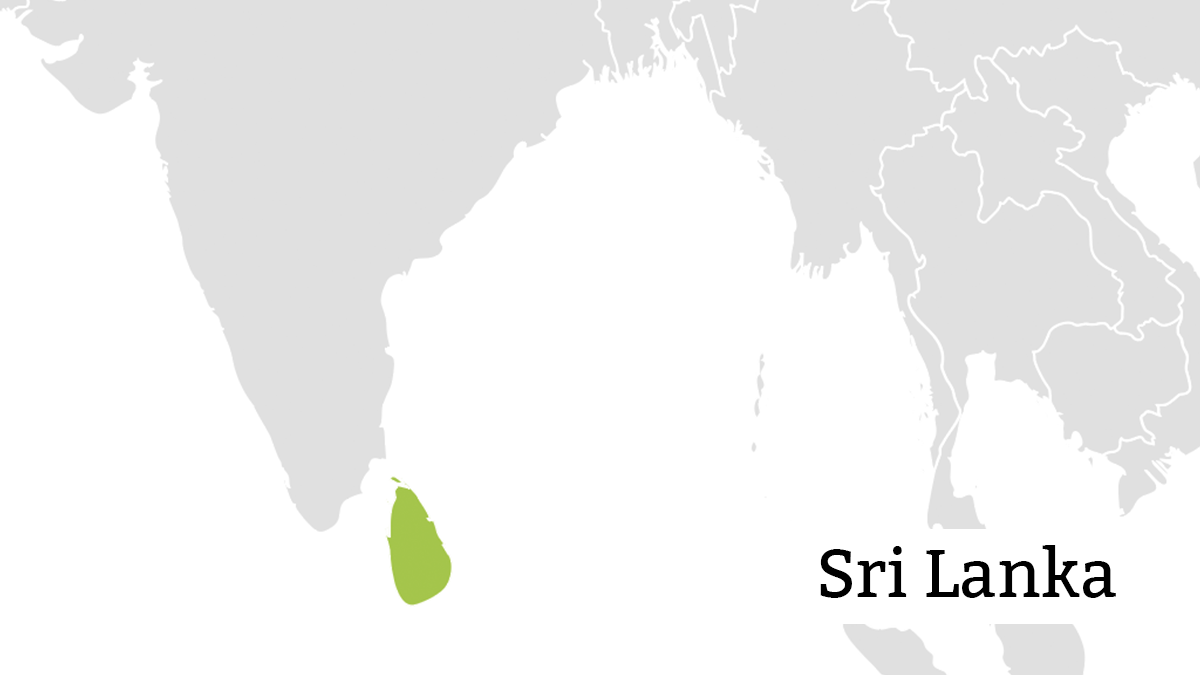
Shielded from competitive pressure, Sri Lanka’s state-owned telecommunications provider had historically failed to ensure the availability of efficient and effective telecommunications services. Even administrative modifications that restructured the incumbent Department of Telecommunications into a government corporation and later into an independent government-owned company (Sri Lanka Telecom Services Ltd.) did little to improve quality of service for consumers. While privatisation of the state-owned monopoly in 1997 brought improvements in service quality, only deregulation of the sector and the more competitive market that resulted — over 70 service providers entered the market within a decade of the sector’s privatisation — brought the prospect of tangible improvements.
As Sri Lanka set out to expand broadband penetration and increase investment in broadband deployment in underserved areas in order to migrate to next generation networks, assessing the quality of service of broadband networks once again came into sharp regulatory focus in 2010.
In 2001, the Telecommunications Regulatory Commission of Sri Lanka (TRCSL) published quality of service rules to define minimum service standards for telecom operator performance on parameters such as timely operator services, service acquisition, network efficiency, and repair. The rules require licensed operators to provide compliance reports, and allows the TRCSL to conduct audits and take remedial action against defaulting operators. A few other quality of service conditions have been written into licenses of both fixed-line and mobile operators; these include ensuring accurate metering and billing services for consumers, maintaining efficient handling of customer complaints, and, in the case of mobile operators, conforming to the quality of service thresholds set by TRCSL. To provide additional performance incentives, TRCSL linked tariff increases to the operators’ service quality and, as a result, the telecom sector has historically remained cognizant of the need for service quality appraisals. Over time, however, the rules themselves became outdated, no longer on par with internationally accepted service quality standards and inadequately reflecting whether user needs were being met.
As Sri Lanka’s broadband consumers derived low value for money, with low download speed and high subscription costs, the TRCSL set out to assess how quality of service could be improved through regulatory intervention.
Since the TRCSL is responsible for ensuring the availability of quality service, one unit of its compliance division is dedicated entirely to quality of service. With renewed interest in ensuring compliance and improving consumer experience — and after surveys revealed a decline in performance of fixed and mobile broadband services — the TRCSL began to conduct strategic tests in 2010 to measure the actual speeds of fixed and mobile broadband services against the speeds advertised by operators. Service quality gaps became larger as operators pursued low-cost capacity enhancements to remain competitive and retain subscribers. Another unit of the compliance division — the Broadband Monitoring Unit — measures broadband internet speed through the “Net Speed” application and allows consumers to test speeds with its “My Speed” user application. In addition, to enable operators to improve their quality of service in a cost-effective manner, the incumbent provider’s cable landing station charges were also reduced and operators began to adopt network traffic policies.
To update the regulatory framework to reflect technological and market advances in the sector, the TRCSL proposed a new set of draft quality of service parameters and target values. In a consultation paper, the TRCSL outlined: new quality of service parameters for fixed, mobile, and international telephony; definition and measurement indices; target values; and presented new record keeping, reporting, and publishing requirements. Following the completion of the consultation process, a year-long trial of the proposed regulatory framework was undertaken and parameters were finalised with operator input in 2015. Under the new regime, operators report compliance with new parameters through monthly reports. Consumers can also lodge complaints about deterioration in quality of service with the TRCSL. These measures have allowed for effective supervision of operator practices and have helped identify service gaps.
Progressive policy and regulatory approaches to improving and upholding quality of service have ensured reliable telecommunications services for Sri Lankan consumers. While operators are engaged in improving service quality to ensure customer retention, regulatory monitoring of industry practices helps with consumer assurance. Measures like these are necessary for Sri Lanka’s telecom sector, which has previously observed fabricated service promises and performance lows for broadband service quality — a service critical for advanced digital development in the country. Much of these practices mirror other good practices for quality of service monitoring and enforcement. Especially when paired with consumer-facing policies like mobile number portability (although not yet enacted in Sri Lanka), consumers are able to more readily use their collective buying power and, as a result, see lower data tariffs.
With strategic interventions such as shifting from unlimited plans to pre-allocated data volume plans, improvements in speed and reductions in the price per GB of data were observable by 2011, while the telecommunications market and its supporting infrastructure matured over the following years. Further, over the course of the measurements by the Broadband Monitoring Unit of the TRCSL, broadband service quality in Sri Lanka has improved significantly, and Sri Lanka still maintains some of the most affordable data tariffs among low- and middle-income countries.
This has led to steady growth in home broadband usage — up to 26% in 2019 from just 9% in 2013. With mobile broadband penetration increasing rapidly, quality of service stipulations will come to progressively strengthen Sri Lanka’s growing telecommunications market. However, Sri Lanka 60th place ranking for availability in the Inclusive Internet Index 2020, reflect ongoing challenges — connectivity and usage remain relatively low, and significant investments in infrastructure development will be necessary to truly elevate telecommunications services and quality in Sri Lanka.
